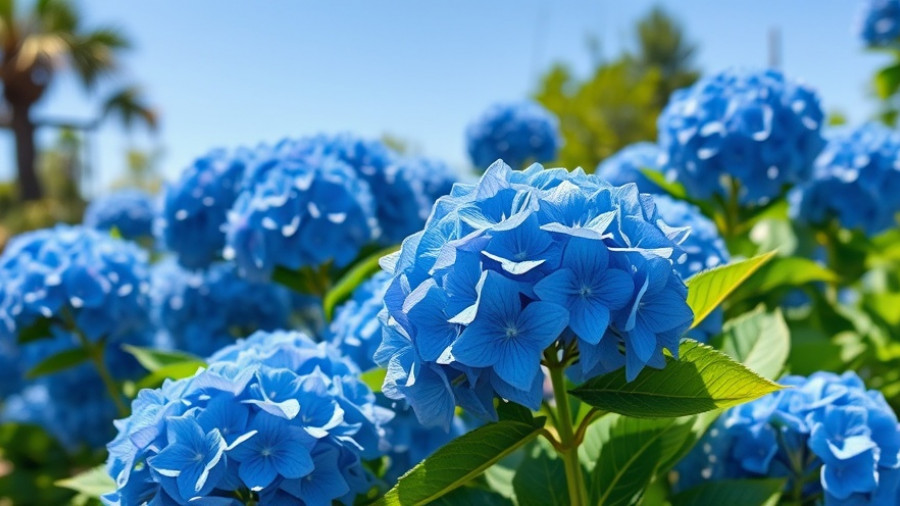
Understanding Fall Cabbage Worms: The Hidden Garden Threat
If you're an avid gardener, encountering caterpillars in your fall garden can be both frustrating and alarming, especially when they're munching on your beloved kale, cabbage, broccoli, and turnips. These are just a few of the crops commonly targeted by cabbage worms, primarily the imported cabbage worm. They may look harmless with their green hues, but they can transform your lush veggies into lacey shadows of their former selves.
Types of Cabbage Worms to Watch For
When dealing with these pests, it's crucial to recognize the types of cabbage worms lurking in your garden. The most prevalent is the imported cabbage worm (*Pieris rapae*), known for its propensity to devastate brassica crops quickly. Laying small yellow eggs directly on foliage, these worms morph from tiny hatchlings into destructive caterpillars over a few weeks. In milder climates, they can reproduce rapidly, potentially generating five generations in a single season.
Another common contender is the cross-striped cabbage worm. Their distinctive slate-gray bodies adorned with stripes make them easily identifiable. Unlike the imported variety, these worms are laid by brown moths that are primarily nocturnal, adding another layer to their life cycle and feeding habits.
Preventing Cabbage Worm Outbreaks: Effective Strategies
Prevention is key in managing fall cabbage worms, and there are several eco-friendly methods you can utilize. Employing row covers can serve as a protective barrier, thwarting moths from laying eggs on your crops. Additionally, introducing beneficial insects like ladybugs and parasitic wasps into your garden can create a natural balance. These beneficial insects feed on cabbage worms, reducing your pest problem without harmful chemicals.
Another option is to use homemade organic sprays, such as those made from garlic or hot pepper, which can deter caterpillars from feasting on your greens. Regular garden monitoring is vital; inspect the undersides of your leaves for eggs and caterpillars and ensure you take action promptly before infestations occur.
What Crops Are Most Affected?
The brassica family is known for being heavily impacted by cabbage worms. Besides cabbage, this includes crops like:
- Broccoli
- Kale
- Brussels sprouts
- Cauliflower
- Turnip greens
- Radish greens
Considering planting diverse crops or companion planting as a strategy to confuse pests and minimize damage. For instance, you could plant marigolds or nasturtiums nearby, which may both attract beneficial insects and deter cabbage worms.
Future-Proofing Your Garden: Sustainable Practices
As we work toward creating an eco-friendly gardening environment, integrating sustainable practices is paramount. This could include installing raised garden beds designed for better drainage and pest management. Planning your garden layout carefully not only optimizes space but also helps with crop rotation, further reducing pest invasions. Remember, good soil health can significantly contribute to resilient plants that are better able to withstand pests.
Final Thoughts: Celebrate Your Gardening Journey
Dealing with cabbage worms can be a discouraging experience, but with awareness and proactive methods, you can maintain a thriving fall garden. The heartwarming aspect of gardening lies in the lessons learned and the joy derived from nurturing plants. So as you engage with each stage of your crops— from sowing seeds to harvesting—remember that even challenges like pests can be surmounted through knowledge and community support.
Interested in transforming your outdoor space? Discover practical landscaping ideas that align with your gardening goals and turn your backyard into a sanctuary. Whether it's creating a cozy fire pit for evenings spent outdoors or learning about low maintenance landscaping options, now is the time to engage with your cozy outdoor living space!
 Add Row
Add Row  Add
Add 




Write A Comment